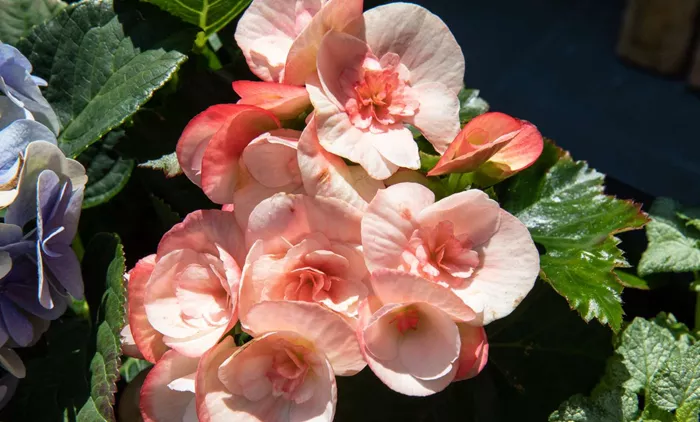As spring awakens gardens across the country, many allergy sufferers brace for the familiar symptoms: sneezing, itchy eyes, and foggy heads.
The main culprit behind these discomforts is pollen-tiny, nearly weightless grains released by trees, weeds, grasses, and some flowers that trigger immune responses in sensitive individuals.
While pollen is essential for plant reproduction and the broader ecosystem, gardeners prone to allergies may want to choose plants that produce less airborne pollen to enjoy their gardens without suffering.
High-Pollen Plants to Watch For
Plants that rely on wind to spread their pollen tend to cause the most allergic reactions. Among trees, birch, catawba, cypress, elm, hickory, oak, sycamore, and walnut are common offenders. Male palm trees also release pollen, unlike their female counterparts, which produce none.
Certain grasses such as Bermuda (except sterile male varieties), Johnson, Kentucky, orchard, sweet vernal, and timothy grasses are known to aggravate allergies. Weeds like ragweed, curly dock, lamb’s quarters, pigweed, plantain, sheep sorrel, and sagebrush are also significant pollen producers.
Allergy-Friendly Plant Choices
Conversely, plants with heavier pollen that does not travel far or those with “double” flowers tend to be less problematic for allergy sufferers.
Trees such as apricot, fig, fir, fruiting pear and plum, redbud, serviceberry, female ash, female box elder, female cottonwood, female maple, female palm, and female willow are gentler on sensitive respiratory systems.
In the grass category, St. Augustine and sterile male Bermuda grasses are safer options. For flowers, allergy-friendly choices include begonia, female clematis, columbine, crocus, daffodil, delphinium, hibiscus, impatiens, iris, bird of paradise, pansy, petunia, phlox, poppy, snapdragon, tulip, verbena, and zinnia.
Roses with dense, tightly packed petals also tend to release less pollen, with fragrance being a more common allergy trigger than pollen itself.
Managing Allergy Symptoms in Your Garden
For those sensitive to pollen, practical steps such as keeping windows closed during high pollen days and having someone else mow the lawn can reduce exposure and ease symptoms.
By selecting low-pollen plants and taking preventive measures, gardeners with allergies can still enjoy the beauty and benefits of their outdoor spaces without the seasonal suffering.


